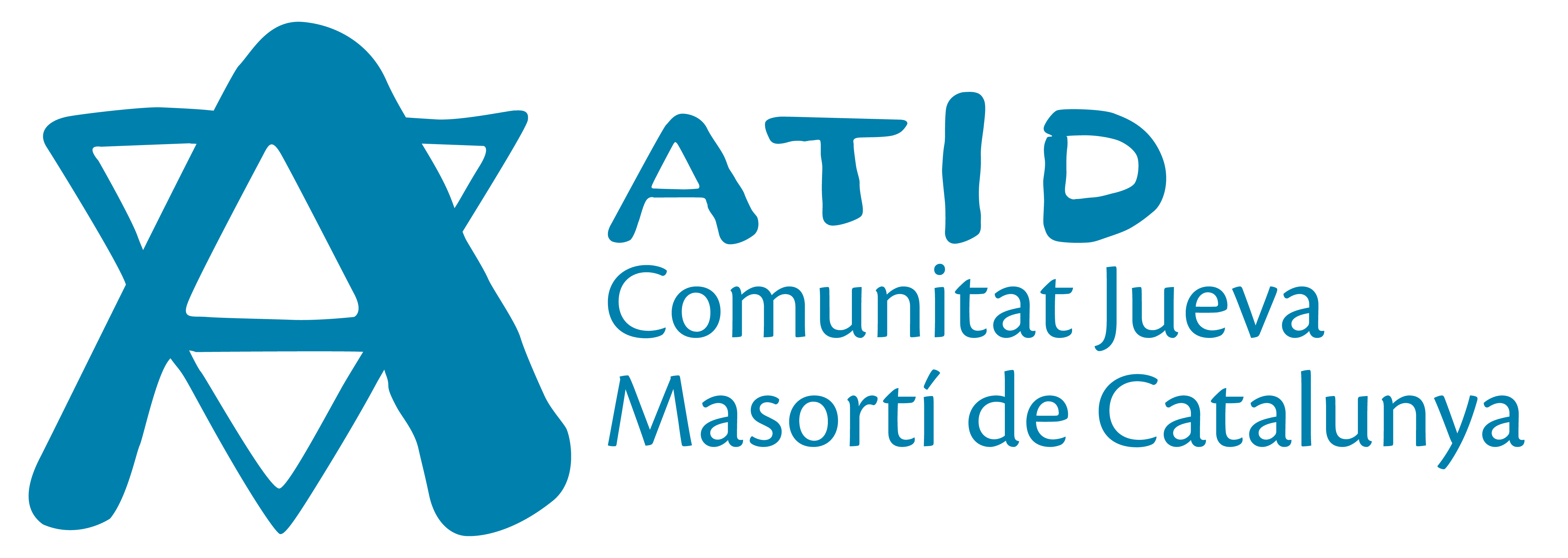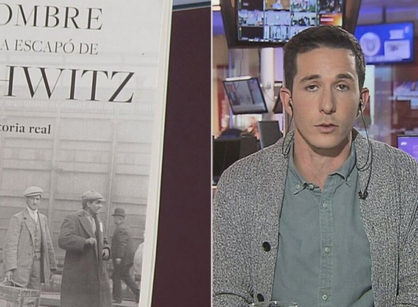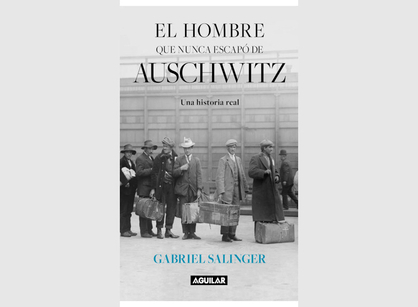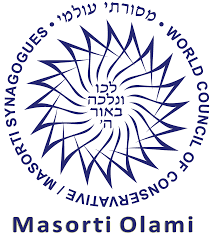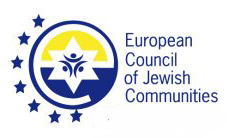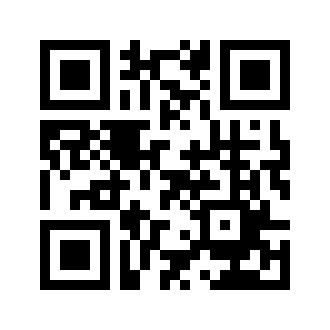Yom Kippur
Yom Kippur is a day of atonement and is the most solemn and sacred feast of the Jewish calendar. It occurs on the tenth day of Tishri, a Jewish month. The holiday begins ten days after Rosh Hashana, which is the first day of Tishri and also the Jewish New Year. Between these two holidays are the days of fear. These days are seen as a time to reflect on the transgressions committed during the last year.
It is one of the Iamim Noraim (Hebrew, "Terrible Days"). They comprise Rosh Hashanah (Jewish New Year), ten days of repentance, and its culmination, with Yom Kippur. In the Hebrew calendar, Yom Kippur begins on the evening of the ninth day of the month of Tishrei and continues until the evening of the next day.
Yom Kippur is the Jewish day of repentance, considered the holiest and most solemn day of the year. Its central theme is atonement and reconciliation. Food, drink, bath or any type of body cleaning such as washing teeth, the use of leather, the unloading of creams or balms on the body and conjugal relations are forbidden. Fasting begins at sunset and ends at nightfall the next day. Yom Kippur prayer services begin with the prayer known as Kol Nidre, which must be recited before sunset. The Kol Nidre (in Aramaic "all votes") is a public abrogation of religious vows made by Jews during the preceding year. This only concerns the unfulfilled vows made between the person and God, and does not annul vows made to other people.
A talit (quadrangular prayer robe) is set for evening prayers - the only evening service of the year in which this is done. The cult of Ne'ilah is a special cult that is celebrated only during Yom Kippur day, and marks the closing of the festivities. Yom Kippur ends with the sound of the shofar, which marks the conclusion of the fast. It is always observed as a holiday, both inside and outside the boundaries of the Land of Israel.
Sephardic Jews (Jews of Spanish, Portuguese and North African origin) refer to Yom Kippur as "the white fast" and this is due to the tradition of dressing in white during the Iamim Noraim.

